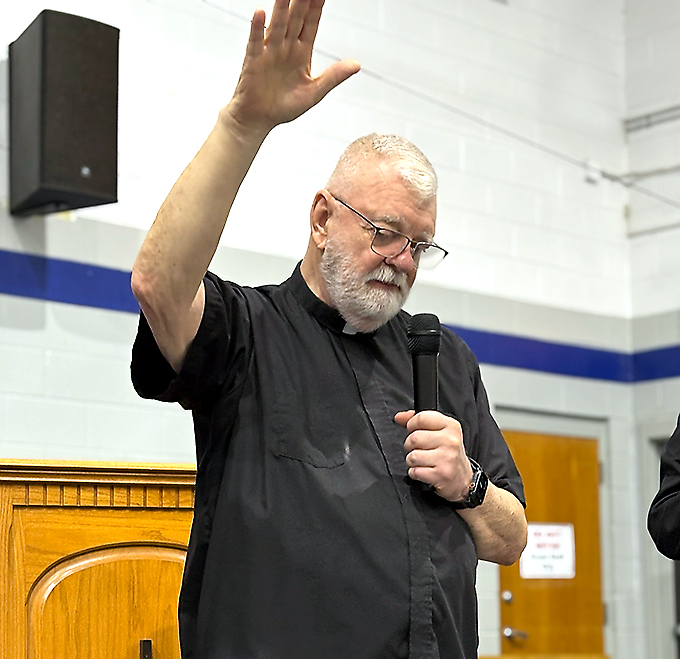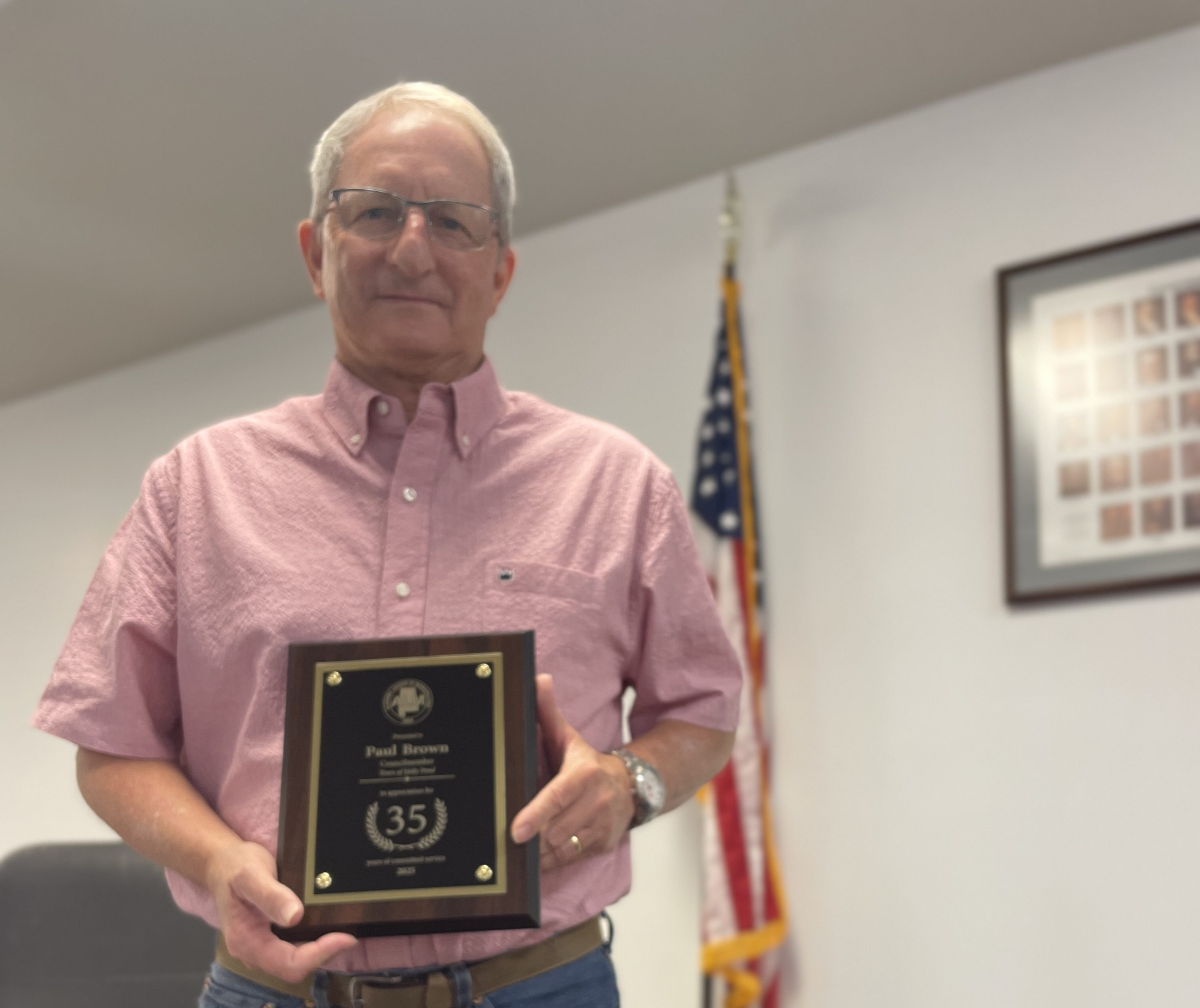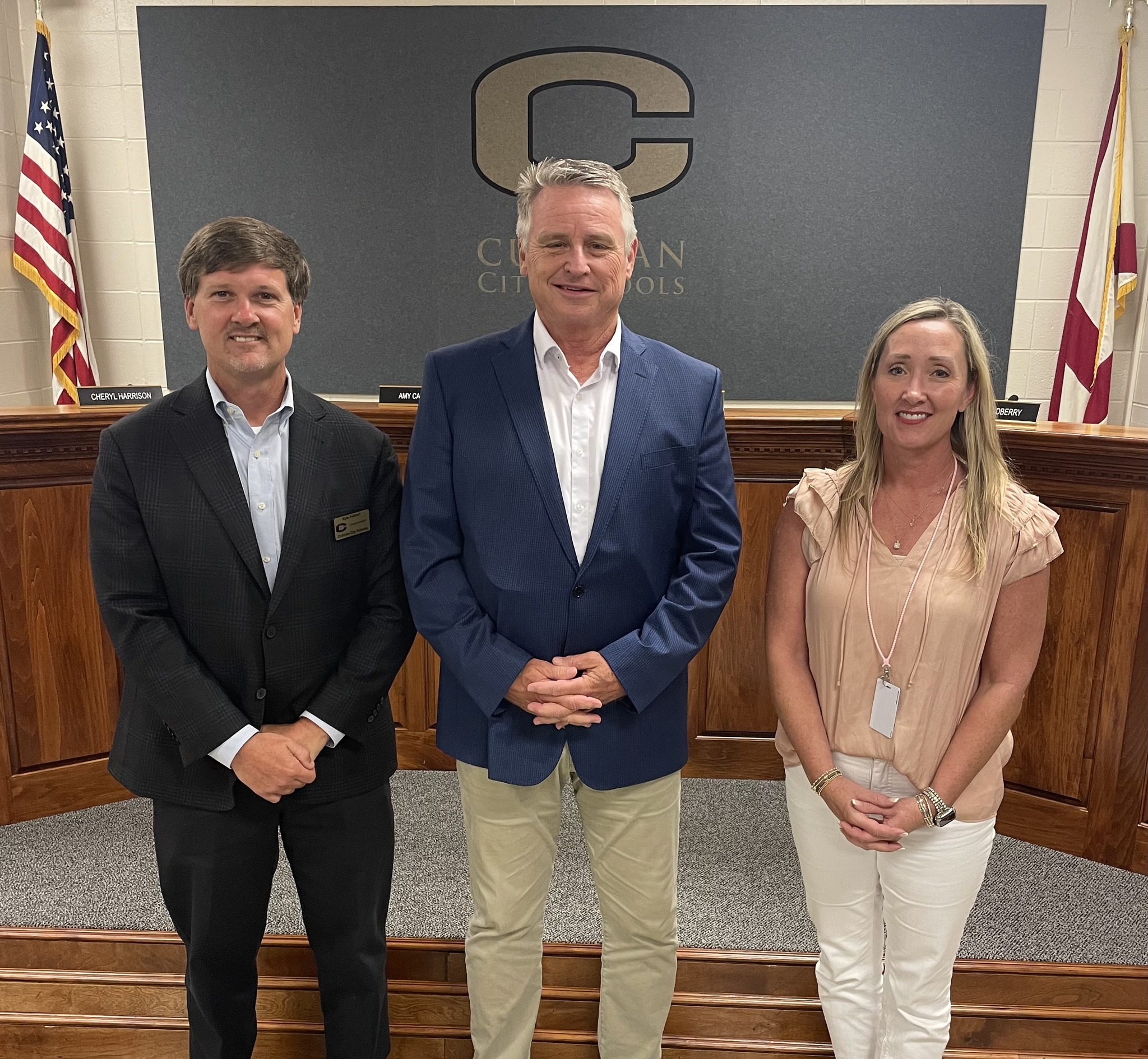Remembering Nature’s Fury: After EF-4 tornado, it was “all hands on deck”
Published 3:04 pm Thursday, April 26, 2012
Once the massive EF-4 tornado left parts of Fultondale in shambles and headed off in an easterly direction, it was all hands on deck for city employees.
Mayor Jim Lowery, Fire Chief Larry Holcomb, Police Chief Byron Pigg would not get much sleep for weeks as they faced a situation that no small city could ever be fully prepared for.
The day of 62 twisters had many people on edge who watched the tornadoes race through Mississippi, move east and hammer Tuscaloosa. Television viewers saw the destruction live, then saw the twister go toward Jefferson County. With warning sirens blasting, reporters in every medium warned people to take cover.
As the tornado almost blew Pleasant Grove and Pratt City off the map, Fultondale was in its destructive path.
The fierce winds snapped mature trees like toothpicks as it bore down on Fultondale. Even with the forward speed of the storm, it seemed like an eternity for residents who hunkered down in their homes and businesses, but it was only about a minute of mayhem.
Once the winds that sounded like the noise made by a freight train finally subsided, first responders hit the ground in search-and-rescue mode. Once minor injuries were treated and residents of the affected areas accounted for, the long process of recovery began.
“The first night we were trying to get our first responders in the areas hit,” said Lowery. “Once we got in there, we found that the first responders were neighbors.
“That first night and early the next morning, we had Warrior Fire Department and all kinds of agencies, rescue and fire departments in addition to ours that helped us search. We went through and checked the houses to make sure that there were no serious injuries and fatalities. We are so blessed that we did not have any deaths.”
After Gov. Robert Bentley quickly declared a state of emergency, more than 2,000 Alabama National Guard troops were dispatched to the hardest hit cities, including Fultondale. Lowery would get to City Hall around 3 a.m. daily, put the troops in police cars and patrol affected neighborhoods. “That was a tremendous help having the National Guard,” he said.
The troops had bunks in the council chamber and the same crew stayed for three weeks.
In small towns everybody knows everybody, and that came in handy following the storm. Residents told police of unfamiliar vehicles in their areas, and many people — some from as far away as Florida — were escorted out of the devastated areas.
“We had some early looting, but our police department was on top of it,” said Lowery. “We took a strong stand against that. We also had help from our neighborhood watch groups and senior watch groups. That’s another good thing about a small town. The neighbors knew what was going on and let us know.”
Lowery said his police department maintained control, blocked off areas where there were downed power lines, controlled traffic and helped maintained safety for rescue and volunteer personnel.
Over the years, the city has sent its fire chief for specialized training sessions. Some of the training was in Washington, D.C., and was instrumental in effectively managing city and volunteer resources immediately following the tornado touchdown.
“We were very organized,” explained Lowery. “We were fortunate that we had a lot of guys that had training and knew what to do. I asked our fire chief, ‘How did you know what to do?’ It was due to training he got up in D.C. the last couple of years. Tornado response and what you should do afterward were some of the topics they covered.”
Once images of the destruction were broadcast, a flood of volunteers showed up to help. Local churches, residents and people of all ages cooked, helped remove debris and performed tasks that went a long way toward the joint effort. Churches and others were cooking on-site to help feed and provide refreshments to all the volunteers.
Each day had its challenges, but again, training paid off in directing help to specific areas of need in the ravaged city.
“My fire department would go out and put together a list of all the things that needed to be done,” Lowery said. “Then they made a chart. If a church needed a carpenter and four carpenters showed up to volunteer, they knew where to send them. I think that was one of the most positive things we did was for the volunteers who wanted to help. It was a great benefit for the community.”
City leaders said lessons were learned. One was that a city can’t have too much emergency lighting on official vehicles. Also, the surplus military vehicles acquired over the years paid off transporting people and supplies.
Once the weather warnings were issued, the fire department dispersed its equipment and prevented all its vehicles from being damaged when the tornado hit Fire Station No. 1.
As of this week, the city has spent $2,131,000 following the storm with most of that money for debris removal. FEMA has contributed $1,656,000 toward the total and city officials expect more funds will be received from that federal agency.
Meanwhile, the recovery process continues.





